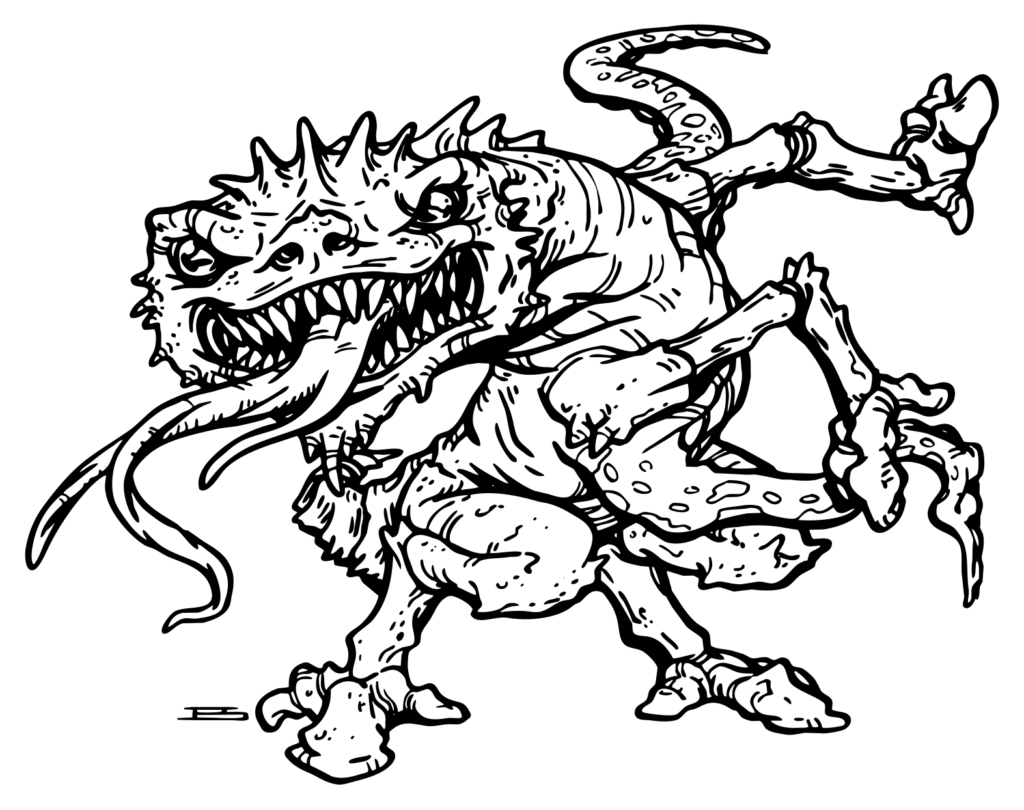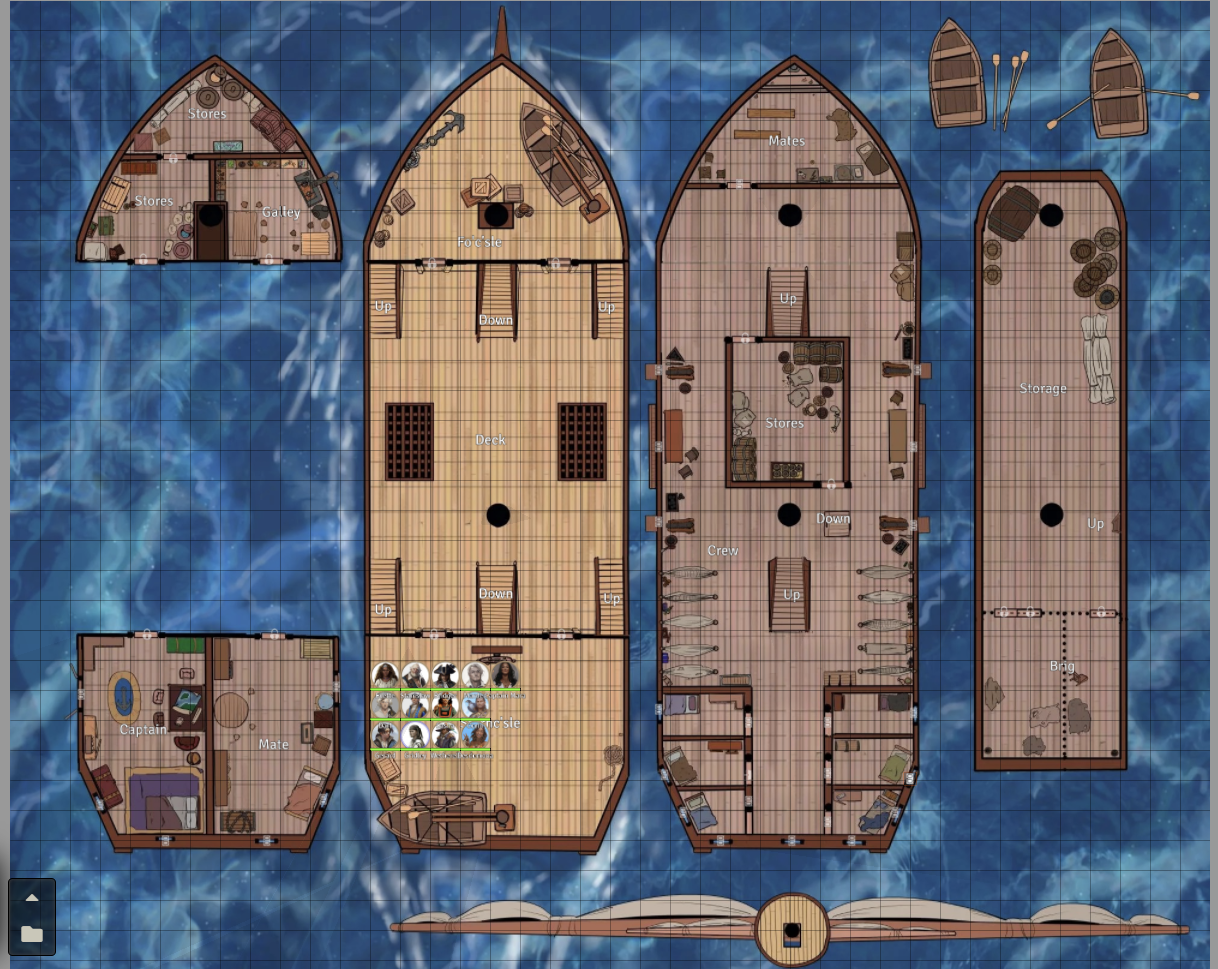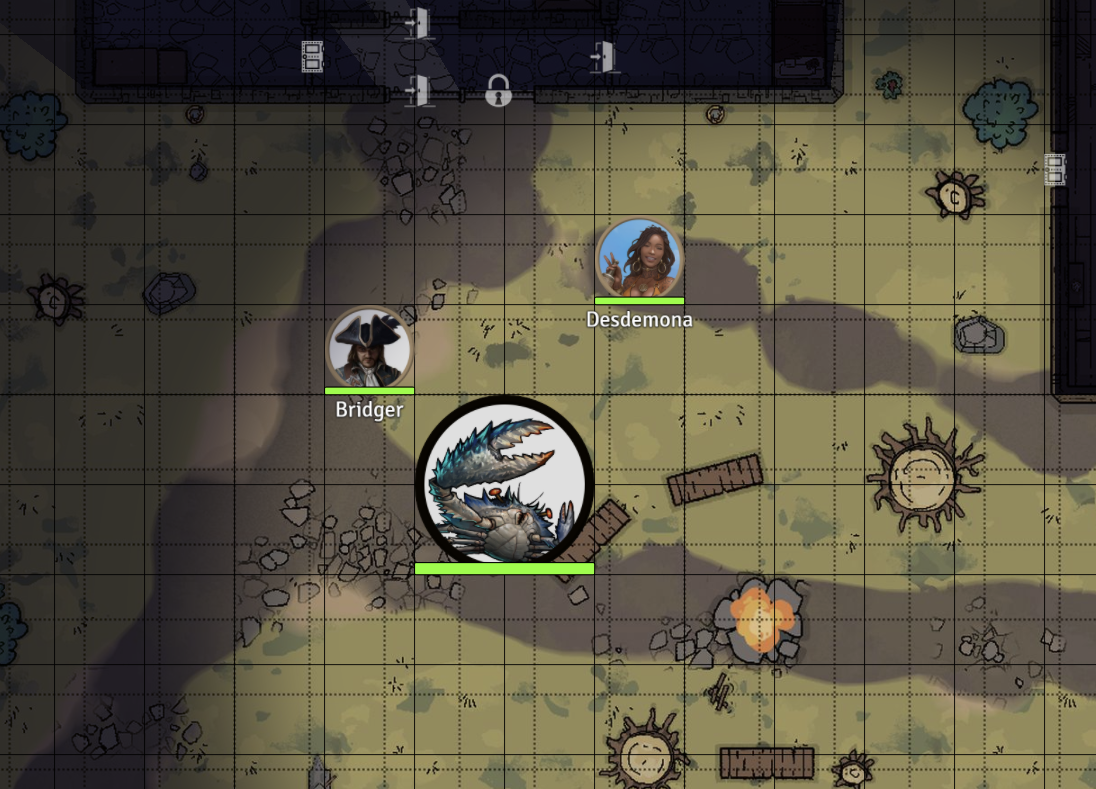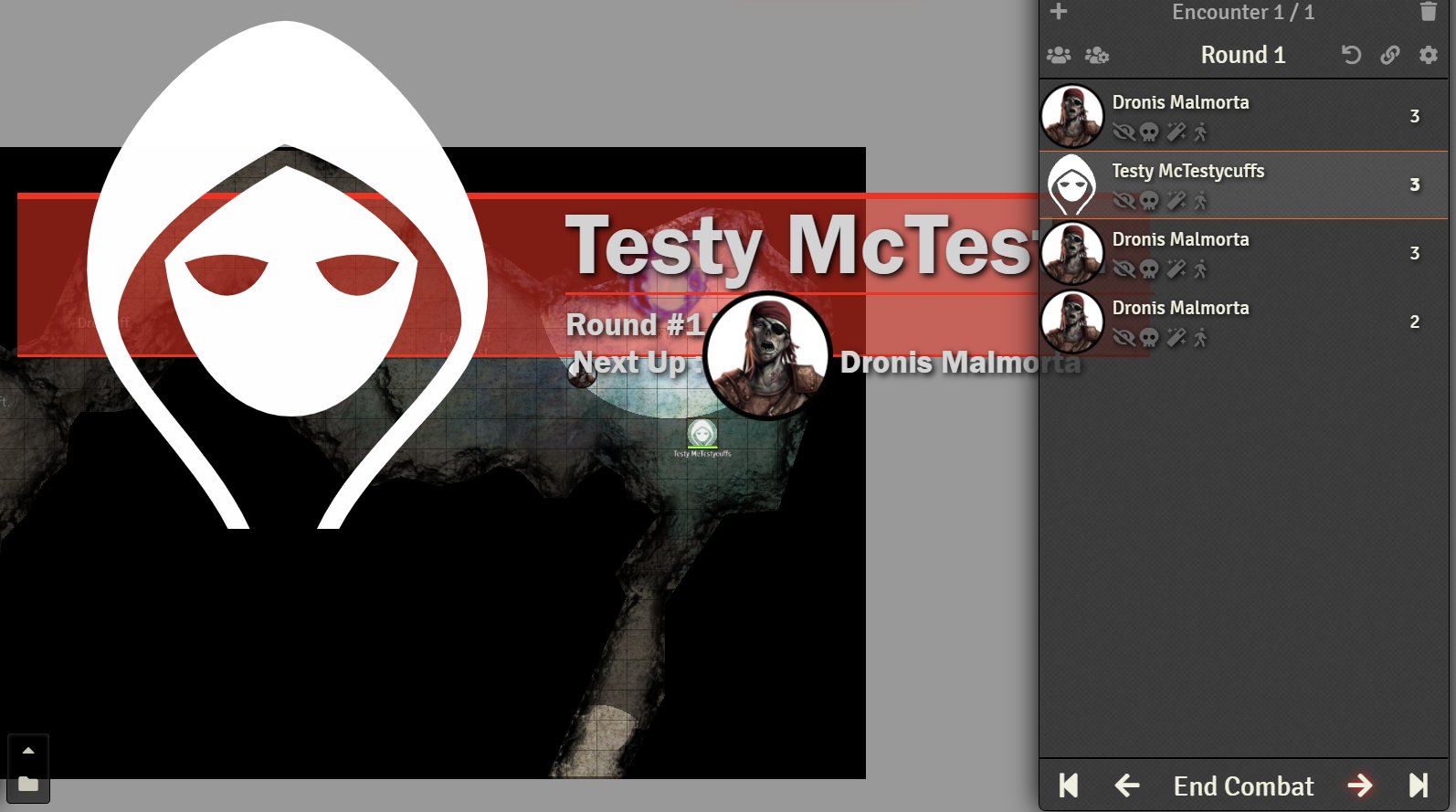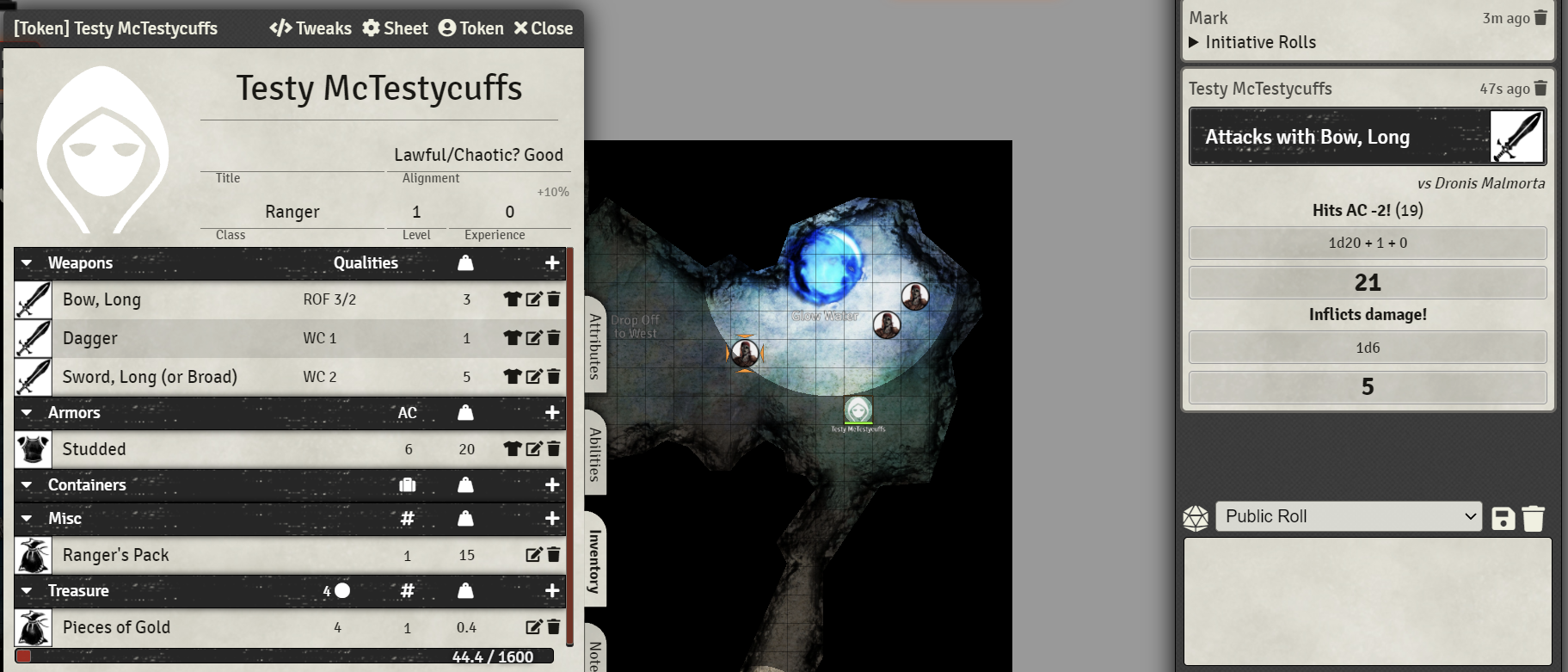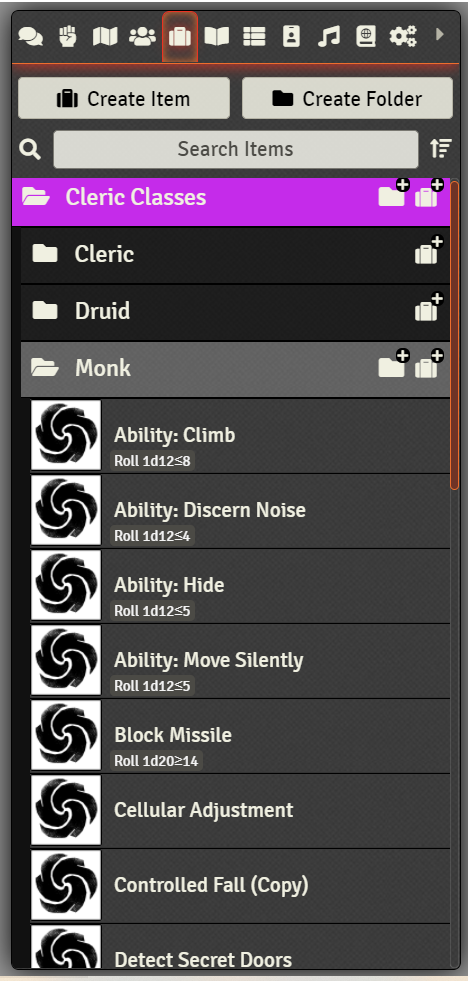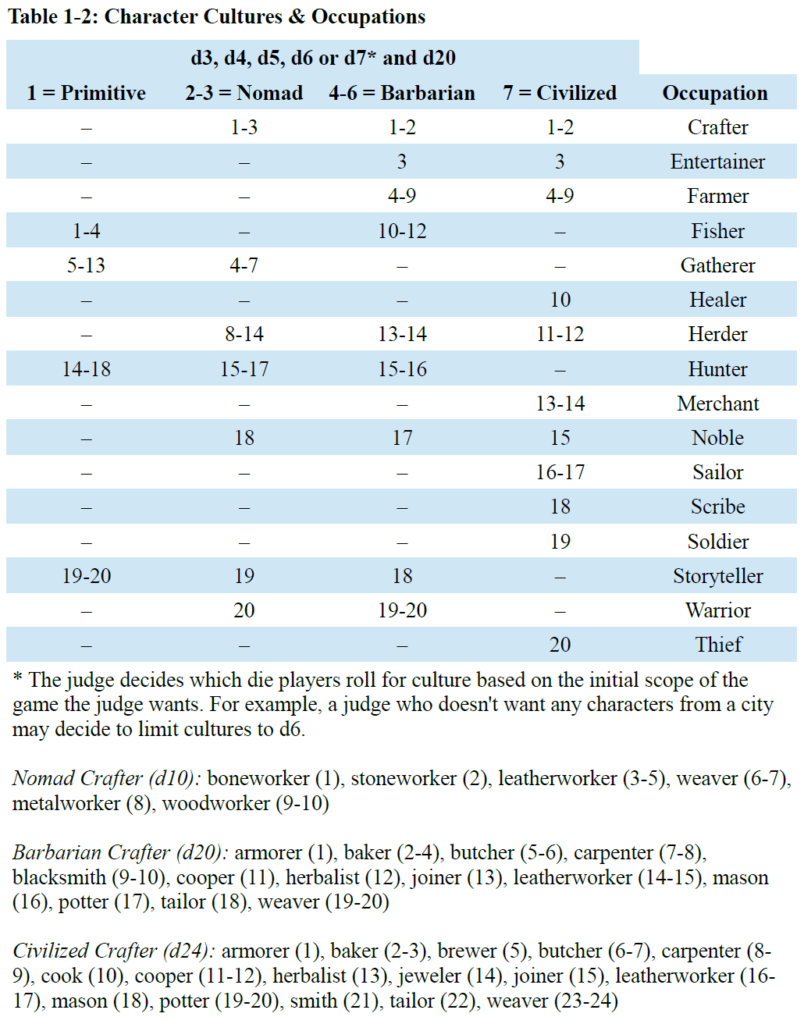Nota Bene: Those product links below are affiliate links. If you click and purchase, I get a few coppers.
For several months, I’ve played Kid Avenger in a Savage Worlds post-apoc campaign. Kid appears to be a normal lad in his early to mid-teens, but his speed, strength, and agility belie that appearance. He claims he’s the result of an attempt to recreate the Super Soldier Serum created by Abraham Erskine, and that the truth of his origins are the subtext of his collection of pre-apoc comic books. Kid’s compatriots think Kid is insane, which he might be, but just because someone’s paranoid doesn’t mean nobody is out to get them.
I ended up with Kid Avenger as my character concept because I wanted to play a superhero game, but the majority of players wanted to play post-apoc in the U.S. South, and so I pretty much went with my original concept, tweaked to make him fit the setting. I’m getting a kick out playing Kid. He’s hell on wheels in combat, and his delusions (or clouded memories?) make him fun to roleplay as well.
Pinnacle Entertainment Group recently released the Savage World Super Power Companion, and I purchased the PDF. It’s my favorite expansion to Savage Worlds. It hits most of the right notes with the supers genre, and builds well on the core Savage Worlds rules.
And I say this as someone who has something of a love-hate relationship with Savage Worlds. What the game system does well, it does very well, but, ye gods, it can get fiddly and slow, especially in combat involving one or more villainous Wild Cards, at which point the fight degenerates into a contest to see who has the most Bennies. (But, this might be more a function of my erratic attention span than the game itself.)
All of what preceded really serves as an excuse to introduce two Savage Worlds supers: the Human Fly and the Fly. The former is built as a beginning character. He could be introduced into a street-level Savage Worlds superhero game as is. The Fly, however, is built as a villain, and so I wasn’t particularly worried about point costs. He’s roughly equivalent to a Power Level III character, but would likely give a Novice Power Level III hero a hard time in a fight.
Trivia Moment! Marvel’s Bill Mantlo had a hand in creating the Human Fly and the Fly for publication.
The Human Fly
Power Level II Hero
Rick Rojatt suffered serious injuries in the car crash that claimed the lives of his wife and children. A benefactor paid for multiple surgeries aimed at restoring Rojatt to health by replacing 60% of his damaged skeleton with metal bones. Even still, Rojatt was an invalid for years before a combination of physical therapy and raw will regained for him full mobility. Enhanced by his metal skeleton, Rojatt dedicated himself to training in order to develop the skills needed to become the world’s greatest daredevil stuntman. Costumed as the Human Fly, Rojatt is less a crimefighter and more of a philanthropist, using his abilities to raise awareness and money for a variety of noble causes.
Rank: Novice
Attributes: Agility d8, Smarts d6, Spirit d8, Strength d8, Vigor d10
Skills: Athletics d10, Common Knowledge d4, Driving d6, Fighting d10, Notice d6, Persuasion d4, Stealth d6
Pace: 8; Parry: 8; Toughness: 8
Hindrances: Environmental Weakness (minor – electromagnetism interferes with metal skeleton), Pacifism (minor), Vow (major)
Edges: Martial Artist, Nerves of Steel, Super Powers (30)
Powers
Dodge (2): Direct ranged attacks are at -2 to hit the Human Fly. Trapping: Training.
Fearless (2): Immune to Fear checks. Trapping: Training.
Leaping (2): 4″ (8 yards) vertical, 8″ (16 yards) horizontal. Trapping: Training.
Pace (2): Base Pace and running die type +2. Trapping: Metal Skeleton.
Parry (2): +2 Parry. Trapping: Training.
Super Attributes (10): Agility +2, Spirit +2, Strength +2, Vigor +3. Trapping: Metal Skeleton.
Super Skill (7): Athletics +3, Fighting +4. Trapping: Training.
Super Edge (2): Nerves of Steel. Trapping: Training.
Toughness +1 (1): Trapping: Metal Skeleton.
The Fly
Richard Deacon, small-time thug, ran afoul of Spider-Man during an attempt to gain ransom for two kidnapped persons. Deacon was injured and fell into the river, and authorities presumed he died. Deacon survived, and he happened to overhear J. Johan Jameson and Dr. Harlan Stillwell discuss the creation of a new hero that Jameson hoped would get rid of Spider-Man. Deacon later forced Stillwell to transform him into a metahuman by grafting onto his DNA the genetic coding of a common housefly. Thus Deacon became the Fly, a supervillain who has met little lasting success despite his amazing powers. Nevertheless, even an experienced hero ought to avoid underestimating the Fly.
Attributes: Agility d12, Smarts d6, Spirit d6, Strength d12+6, Vigor d12
Skills: Athletics d16, Common Knowledge d4, Driving d4, Fighting d10, Focus d10, Notice d12+2, Persuasion d4, Shooting d6, Stealth d6
Pace: 6; Parry: 7; Toughness: 12 (4)
Hindrances: Distinctive Appearance (minor), Greedy (major), Mean (minor)
Edges: Alertness, Extraction, No Mercy, Quick, Super Powers
Powers
Armor (2): Augemented muscles and bones. Trapping: Mutation.
Dodge (3): Direct ranged attacks are at -3 to hit the Fly. Trapping: Mutation.
Extra Limbs (2): Wings grant a +2 Gang Up bonus when used to fight. Modifier: Not Prehensile. Trapping: Wings.
Flight (8): 90″ (60 MPH). Trapping: Wings.
Push (3): Wind blast from wings. Cone template. Modifier: Strong (-2 Strength to resist and 2d6″ knockback). Trapping: Wings.
Ranged Attack (9): Sonic blast from wings. 4d6 damage. Modifier: Cone Template Optional. Trapping: Wings.
Super Attributes (16): Agility +3, Strength +3, Vigor +2. Trapping: Mutation.
Super Skill (10): Fighting +3, Focus +4, Notice +3. Trapping: Training (or Mutation for Notice).
Uncanny Reflexes (3): Excels at avoiding area attacks. Trapping: Mutation.
Wall Walker (1): Trapping: Mutation.
Tags: NPCs, Savage Worlds, superhero games
